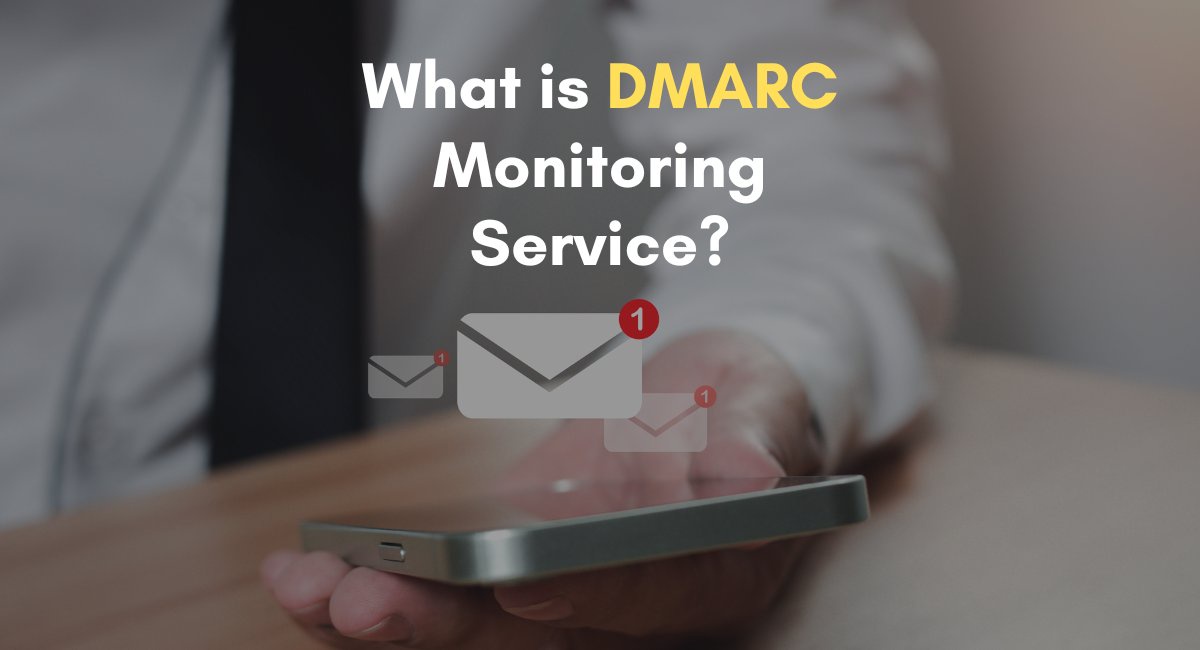A DMARC (Domain-based Message Authentication, Reporting, and Conformance) monitoring service is a tool that empowers organizations to track malicious sending sources and analyze DMARC data. It allows users to monitor and implement DMARC policies to prevent email spoofing and protect their organization's reputation.
These services provide reporting, analysis, and management capabilities to help organizations identify unauthorized sources sending emails from their domain, monitor email volume, and ensure that emails pass SPF, DKIM, and DMARC authentication checks.
By using DMARC monitoring services, organizations can gain visibility into who is sending emails using their domains, inspect mail sources, view statistics, and improve DMARC alignment for trusted mail sources.
What are the benefits of using a DMARC monitoring service
Utilizing a DMARC monitoring service offers numerous benefits for organizations seeking to enhance their email security and maintain a strong online presence. These advantages include:
- Prevention of phishing and spoofing: DMARC helps stop cyber criminals from impersonating legitimate domains, protecting brands from associated risks.
- Enhanced email deliverability: DMARC ensures that emails from authorized senders reach their intended recipients, reducing the chances of emails being marked as spam.
- Compliance and regulatory requirements: Many industries and regulations mandate email authentication measures; DMARC demonstrates compliance with relevant standards.
- Brand protection: DMARC safeguards brand integrity by preventing unauthorized parties from using a domain for malicious purposes.
- Continuous improvement: Regular evaluation of DMARC reports facilitates ongoing refinement of email authentication policies.
- Visibility: DMARC reports offer insights into email activity, revealing potential vulnerabilities and areas requiring attention.
- Reputational benefits: DMARC improves brand reputation by ensuring that emails appear legitimate and trustworthy.
- Cost savings: Reducing the number of phishing attacks and improving email deliverability saves money that would otherwise be spent addressing related issues.
- Ease of setup and maintenance: Services like EasyDMARC simplify the setup and management of DMARC records, making it accessible to nontechnical users.
These benefits underscore the importance of adopting DMARC monitoring services to mitigate risks associated with email communications while enhancing brand reputation and user confidence.
How to set up DMARC monitoring for a domain
To set up DMARC monitoring for a domain, follow these steps:
- Create a DMARC Record:
- Go to your hosted domain and find the DNS administrator to add your DMARC record to DNS.
- Set the DMARC policy to "none" initially, indicating DMARC's "monitor" mode.
- Add a TXT record to your DNS service following the format provided.
- Testing and Implementation:
- Test the DMARC records for accuracy, monitor for unexpected results, and fix any issues.
- Ensure SPF and DKIM are correctly set up before proceeding with DMARC.
- Publish the DMARC record through your organization's DNS registrars.
- Monitoring:
- Initially set the DMARC policy to "none" and observe the reports for unexpected results.
- Identify any third-party mailing services or unexpected mail servers sending emails from your domain.
- Monitor email volume, authentication checks (SPF, DKIM, and DMARC), and unauthorized sending sources.
By following these steps, organizations can effectively set up and monitor DMARC for their domains to prevent email spoofing, protect their reputation, and ensure email security.

No comments yet